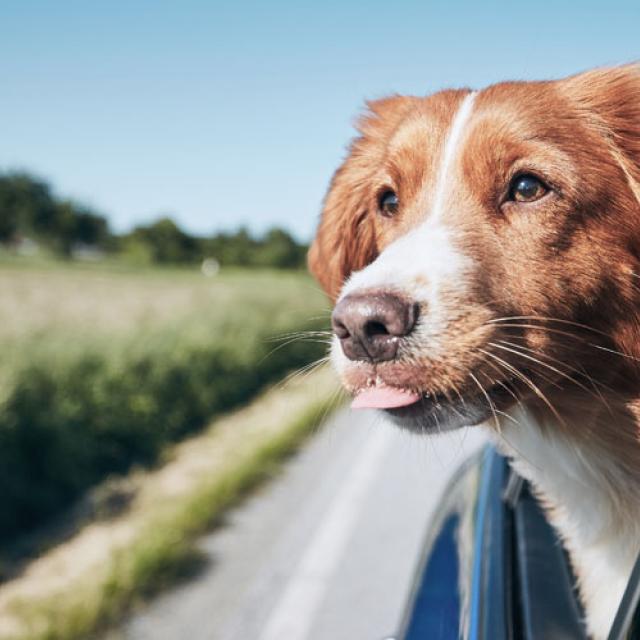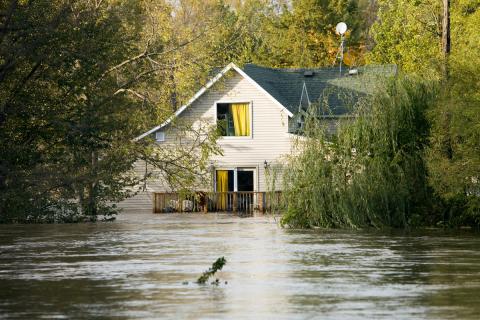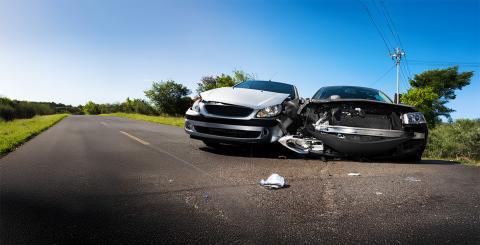Rules to follow when driving with pets

Are you planning a roadtrip in Québec and want to take your pet along? Do you need to take your loyal companion to the vet? Before you drive with furry friends in the car, it’s important to know what the law says about car safety with animals. There are also a few things you can do to keep all your passengers safe, including the furry kind .
To make travelling with your pets as safe and enjoyable as possible, we’ve compiled the rules set out in the Highway Safety Code and some good habits to prevent accidents. Read on for our tips on how to drive safely with your cat, dog, parrot, or any other pet.
Animals and driving hazards
Although pets are very cute and loving, they have a wild nature that can sometimes make them act unpredictably. This is especially true when they find themselves in new surroundings, such as inside your car. Even if your pet behaves impeccably at home, under stress they may react unexpectedly, putting your safety and that of other passengers at risk.
Did you know that if you brake suddenly or have an accident, the weight of your pet and their travel cage (if they have one) can be multiplied by up to 20? Pets can become a dangerous projectile capable of causing serious injury. Letting your pet enjoy the fresh air by sticking their head out the window is also dangerous. Rocks, road signs, insects, the body of your car, and a sudden desire to jump out the window are major threats to the safety of your beloved animal and other road users.
Your pet is the apple of your eye, so make sure you take the right precautions to keep them safe in the car. Just a few simple steps will make driving with your pets safer and more enjoyable than ever.
What the law says about driving with animals
Before we delve into the right and wrong things to do when driving with pets, let’s review what the law says. In Québec, Section 442 of the Highway Safety Code says you must not drive a vehicle if an animal obstructs your view or interferes with the proper handling of the vehicle. A cat moving freely inside the car or a dog sitting on your lap while you’re driving are two examples of situations when an animal can interfere with your ability to drive safely.
What are the consequences of breaking the law? If a police officer stops you while your animal is obstructing your view or interfering with your driving, you could be fined $100 to $200. But even worse, you could have an accident that puts your life and the life of your passengers—and all road users—at risk.
Right and wrong things to do when driving with pets
What’s the best way to take your pet along safely in the car? Here are some best practices to follow:
- Place your pet in a cage whenever possible, especially if they exhibit anxious behaviours in the car. Make sure the cage is comfortable and well ventilated.
- Properly secure your pet or their cage. Attach your dog or cat to a safety leash or harness specially designed for car travel. If you’re using a cage, buckle the seat belt around it to keep it secure if you have to brake suddenly.
- Install a safety barrier. A barrier in the back of your car will prevent your pet from interfering with your driving.
- Put your pet on the back seat. Your pet should be on the back seat of the car, not on your lap or the passenger seat.
- Keep your car well ventilated. Make sure the temperature in the car is comfortable for your animal, especially on hot, sunny days.
- Drive carefully. Avoid sharp turns, sudden braking, and high speed, all of which can harm your pet and increase the risk of an accident.
To prevent accidents and keep everyone safe, avoid the following:
- Do not drive with your pet on your lap.
- Do not allow your pet to move freely inside the car.
- Do not open the windows all the way. It’s best to open the windows just enough for air to circulate. Lock the electric controls.
- Do not put your pet in the back of your truck. To reduce the risk of injury, animals should ride in the cab.
- Do not leave your pet unattended. Did you know that some municipalities and cities have regulations to keep animals safe in cars? You could be fined if you’re in violation. Remember, animals are very sensitive to heat stroke, which can be fatal.
Reassuring anxious animals
Is your pet very anxious in the car? This is often the case for cats, which have difficulty adapting to new surroundings. We’ve come up with some tips to help calm your furry friend and make it easier for you to drive with them:
- Get your pet accustomed to their travel cage. A few days or hours before your trip, place your pet’s cage in the house and leave the door open for them to get used to it. You can also use treats to encourage your pet to enter the cage.
- Take their favourite blanket and toy along. Put their favourite blanket and toy in the cage or on the seat where your pet will be restrained.
- Start gradually. Get your pet used to the car by taking short trips at first and then gradually increase the distance.
- Use calming products. There are many products available in pet stores to help anxious animals calm down. Talk to your vet or animal health expert.
- Keep the noise down. Noise is a source of stress for your pet. Close the windows and turn the radio down to create a quiet environment.
- Cover their cage with a light sheet. Some animals, such as birds and cats, don’t like to be exposed. If you cover the cage with a light sheet, you can help calm them down.
Roadtrip: Pets and RVs
Are you getting ready to explore the most scenic drives in Québec in your RV, with your loyal companion along for the ride? Here are some tips for a roadtrip in an RV or trailer with your pet:
- Take frequent breaks. Stop frequently to allow your pets to stretch and do their business and to give them food and water.
- Bring their documents along. If you’ll be gone for a while or if you’re travelling outside Québec with your pet, make sure you take their documents with you. Check that all their vaccinations are up to date before you leave.
- Get your pets used to travel.
- Pack everything they’ll need. In addition to their food, pack their favourite toys and their bed. These things will remind them of home and help them feel comfortable in your RV.
- Tag your pet. Put a tag with your pet’s name and your contact information on their collar. Make sure the number on the tag is for your cellphone.
- Travel safely. Keep your pet on the floor rather than on a higher level inside your RV while you’re driving. If you have a trailer, put your companion in the car with you, properly restrained on the back seat.
You can reduce the risk of an accident by driving with your pet the right way and avoiding bad habits. If, despite your best efforts, you are involved in an accident, your car insurance will be there for you. Speaking of insurance, check with your insurer to learn more about coverage for damage or injury caused by your pet.
Enjoy your roadtrip with your faithful companion!




